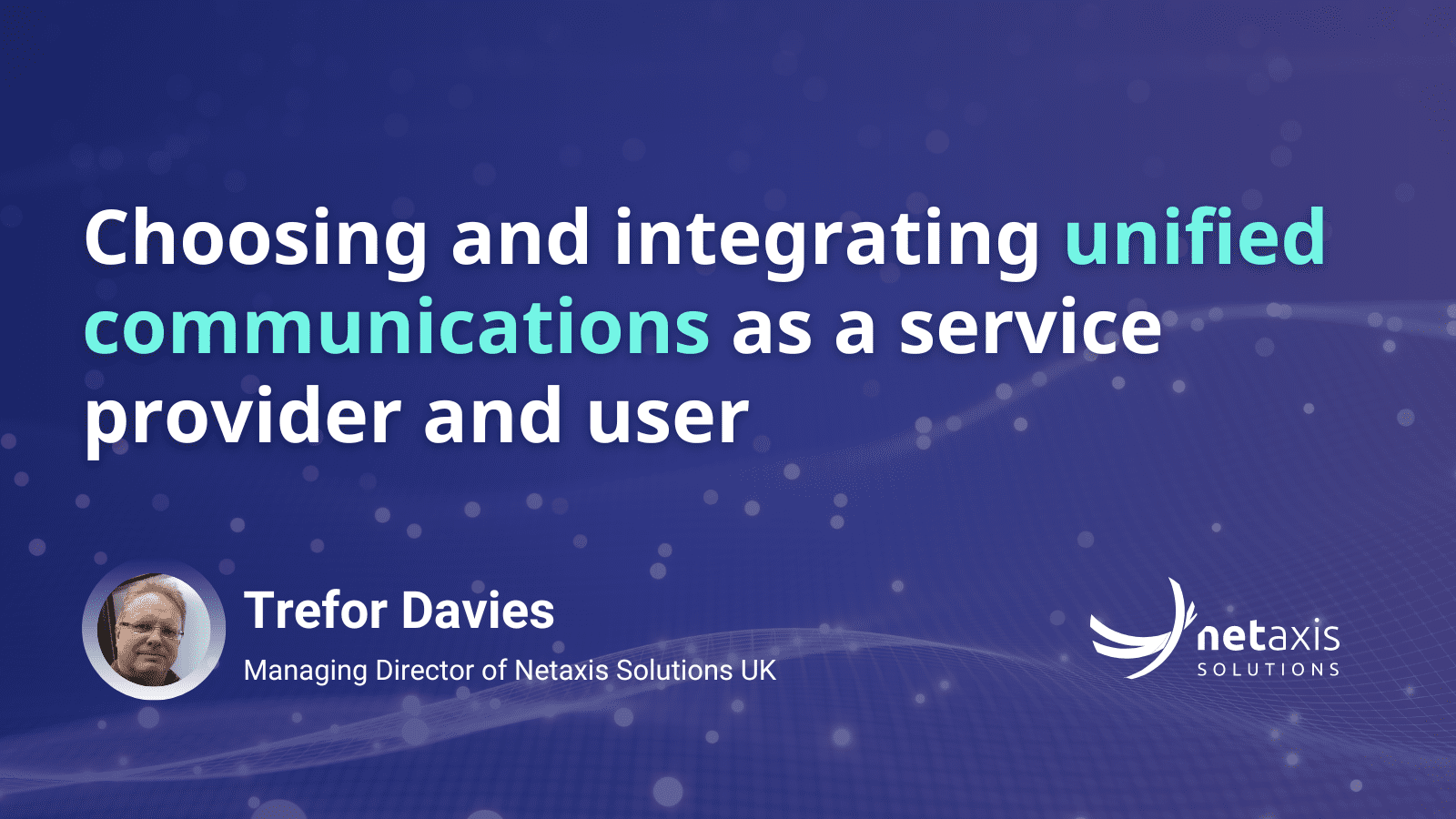Unified communications landscape
The competitive theatre of unified communications has three main actors: Microsoft Teams, Cisco Webex and Zoom and a plethora of segment and sector-specific UC solution providers. Businesses have different reasons for choosing any one of the solutions. One of the key aspects of the decision will relate to integration and platform ecosystem.
Microsoft Teams is tightly integrated with the Office 365 suite, making it seamless for users already in the Microsoft ecosystem. Microsoft also offers various third-party integrations through its AppSource, but these may not be as open as others. For organisations already invested in their ecosystem and prioritising tight integration, Microsoft Teams is, therefore, ideal.
Cisco Webex focuses on integration with Cisco hardware and devices but also connects with third-party apps and APIs for broader workflows. If, therefore, a business uses Cisco hardware and is looking for advanced video conferencing features, then this is likely to influence their choice.
Zoom has a robust app marketplace with numerous integrations and a focus on openness, making it suitable for diverse workflows and existing tools. Zoom is a good choice for those seeking a user-friendly, open platform with strong third-party integrations and video capabilities.
A plethora of smaller UC providers do exist, addressing the needs of specific segments and sectors.
Reasons to change UC platform
There are several reasons why businesses might decide to change their unified communications platform, not the least being the fierce competition between the main players with feature improvements, e.g. AI, constantly being thrown into the mix. Some of the most common factors are, however, biased towards commercial reasons.
Ø Cost savings: One of the primary reasons for switching UC suppliers is the pursuit of cost savings. Businesses may find that another provider offers similar or better features at a lower cost, prompting them to change to improve their overall budgetary efficiency.
Ø Mergers and acquisitions: In cases of mergers or acquisitions, the combined entity will typically standardise on a single UC platform to achieve consistency and streamline communication across the organisation. The combined, bigger entity might also move into a market sector (e.g. a medium enterprise becoming a large enterprise) that suits one solution or the other.
Ø Contract expiry or renewal: The expiration of a contract with a UC supplier provides an opportunity for a business to reassess its communication needs and explore alternative providers.
There are sometimes technical considerations. For example, if a business adopts new software or changes its technology stack, it may need a UC platform that integrates seamlessly with the rest of its IT infrastructure. Compatibility issues or the desire for a more integrated solution can drive a switch.
Other notional considerations for any given platform might include scalability, user experience, reliability and performance issues, support and service and compliance and security concerns. It is hard to conceive that any of these aspects differ between UC providers, but they may, especially the user experience.
Regardless of the reason, and ultimately, the decision-making process is quite complex, businesses do, from time to time, change their choice of UC platform, and the astute telecommunications provider will have it covered.
Netaxis Fusion
The next consideration is how a telco can offer multiple UC platforms alongside its voice services without having to run two separate IT systems. This is what Netaxis do for a living. Our Fusion platform serves as a docking station, allowing service providers to hook in their voice platform and back-end systems with multiple UC solutions. One user interface serving multiple vendors.
Moreover, Fusion is a cloud-based service that involves little or no capital expenditure, is highly cost-effective, scalable and connects easily to multiple UC clouds. This approach future-proofs telco solutions, allowing them to offer multiple UC platforms today but also be ready for any new market entrant that comes along to disrupt the status quo.
Ready to elevate your telecoms services?
Get in touch to see how Netaxis can enhance your UC proposition.





